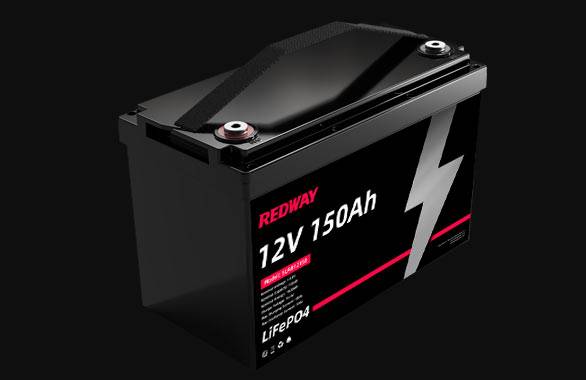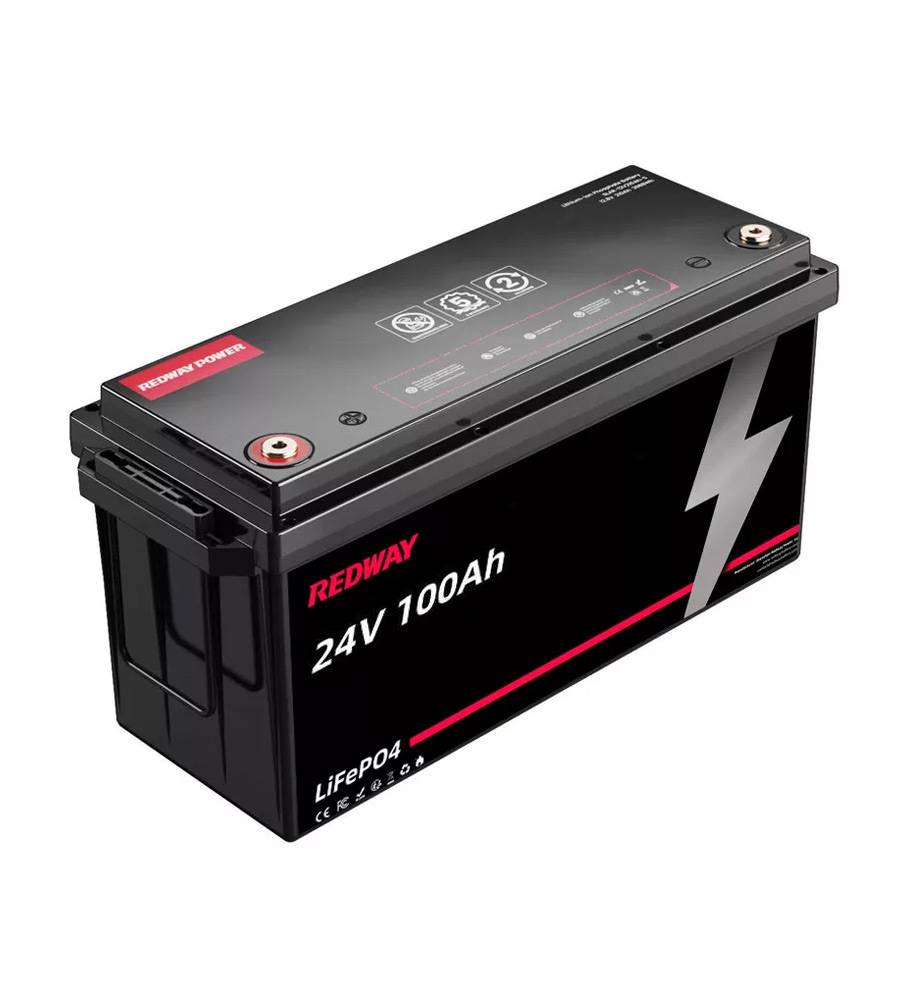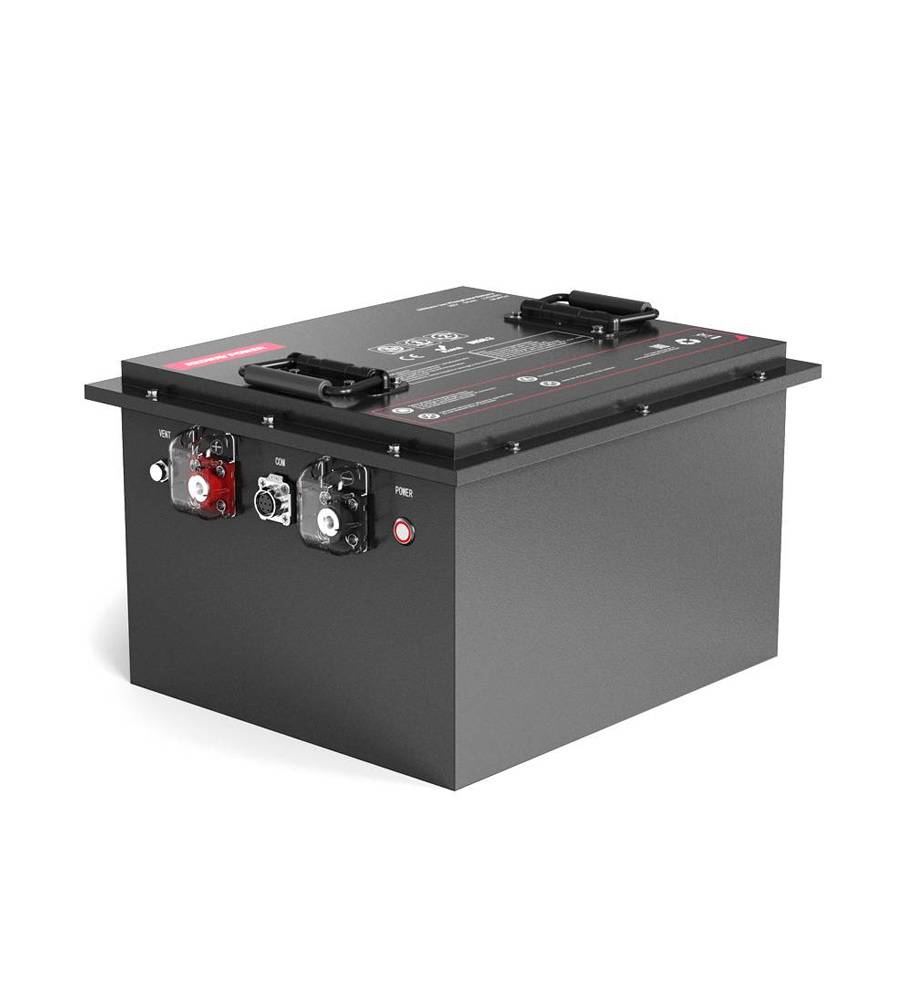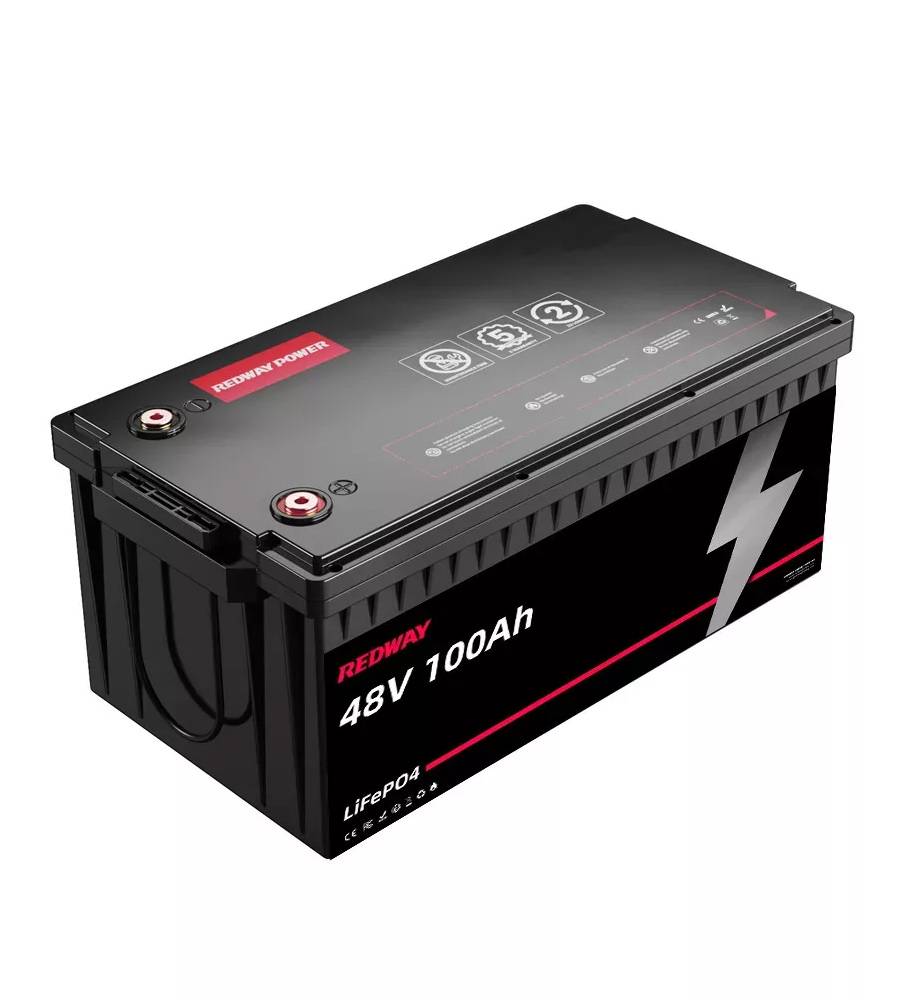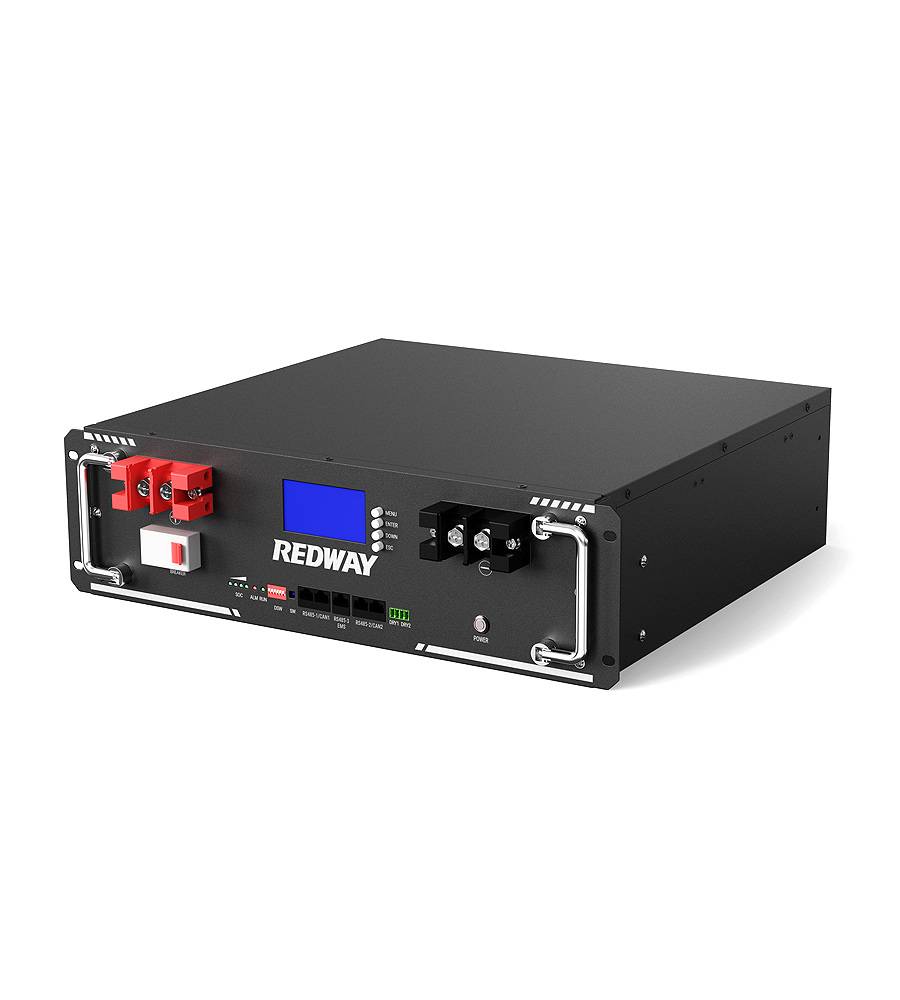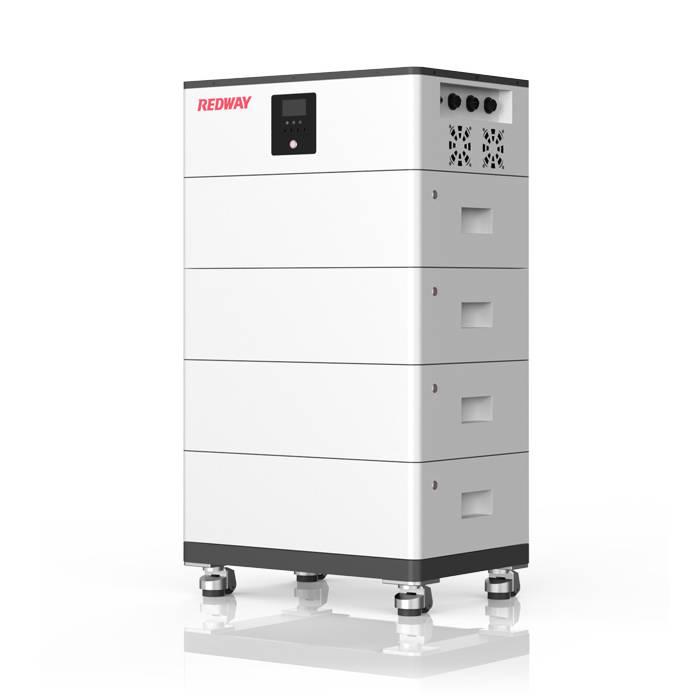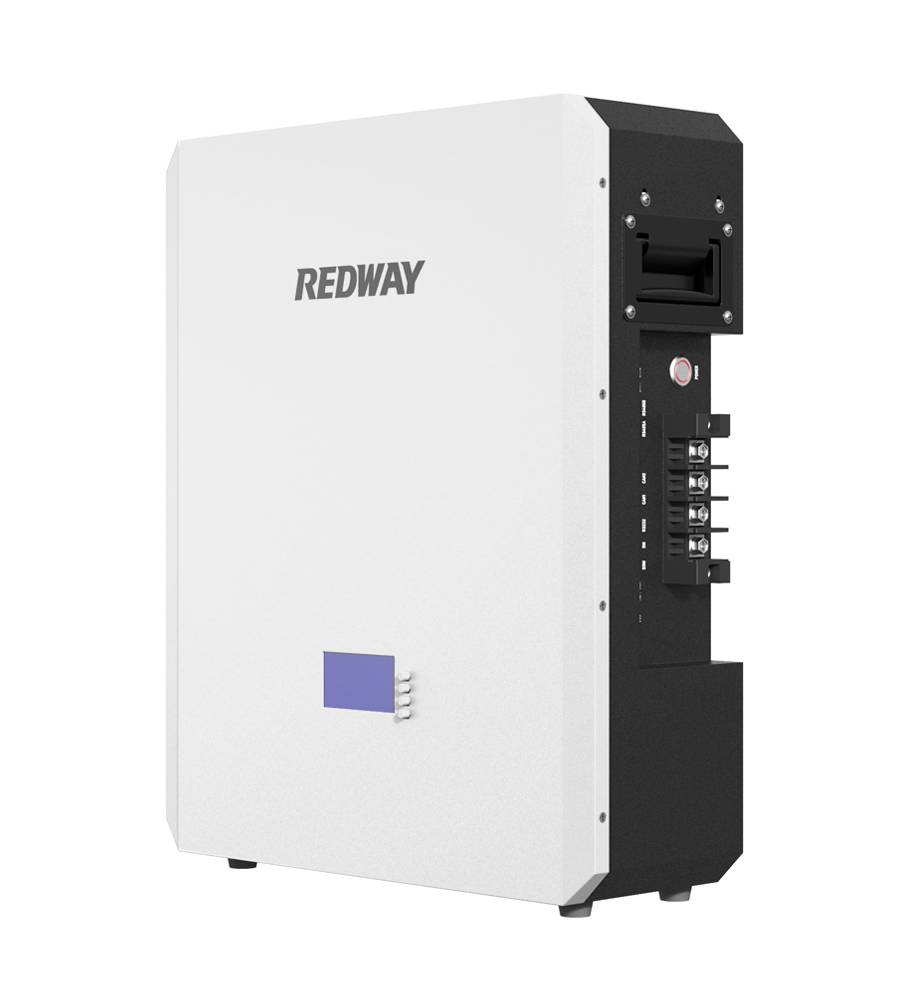- Forklift Lithium Battery
-
48V
- 48V 210Ah
- 48V 300Ah
- 48V 420Ah (949 x 349 x 569 mm)
- 48V 420Ah (950 x 421 x 450 mm)
- 48V 456Ah
- 48V 460Ah (830 x 630 x 590 mm)
- 48V 460Ah (950 x 421 x 450 mm)
- 48V 460Ah (800 x 630 x 600 mm)
- 48V 460Ah (820 x 660 x 470 mm)
- 48V 500Ah
- 48V 560Ah (810 x 630 x 600 mm)
- 48V 560Ah (950 x 592 x 450 mm)
- 48V 600Ah
- 48V 630Ah
-
48V
- Lithium Golf Cart Battery
- 12V Lithium Battery
12V 150Ah Lithium RV Battery
Bluetooth App | BCI Group 31
LiFePO4 Lithium
Discharge Temperature -20°C ~ 65°C
Fast Charger 14.6V 50A
Solar MPPT Charging - 24V Lithium Battery
- 36V Lithium Battery
- 48V Lithium Battery
-
48V LiFePO4 Battery
- 48V 50Ah
- 48V 50Ah (for Golf Carts)
- 48V 60Ah (8D)
- 48V 100Ah (8D)
- 48V 100Ah
- 48V 100Ah (Discharge 100A for Golf Carts)
- 48V 100Ah (Discharge 150A for Golf Carts)
- 48V 100Ah (Discharge 200A for Golf Carts)
- 48V 150Ah (for Golf Carts)
- 48V 160Ah (Discharge 100A for Golf Carts)
- 48V 160Ah (Discharge 160A for Golf Carts)
-
48V LiFePO4 Battery
- 60V Lithium Battery
-
60V LiFePO4 Battery
- 60V 20Ah
- 60V 30Ah
- 60V 50Ah
- 60V 50Ah (Small Size / Side Terminal)
- 60V 100Ah (for Electric Motocycle, Electric Scooter, LSV, AGV)
- 60V 100Ah (for Forklift, AGV, Electric Scooter, Sweeper)
- 60V 150Ah (E-Motocycle / E-Scooter / E-Tricycle / Tour LSV)
- 60V 200Ah (for Forklift, AGV, Electric Scooter, Sweeper)
-
60V LiFePO4 Battery
- 72V~96V Lithium Battery
- Rack-mounted Lithium Battery
- E-Bike Battery
- All-in-One Home-ESS
- Wall-mount Battery ESS
-
Home-ESS Lithium Battery PowerWall
- 24V 100Ah 2.4kWh PW24100-S PowerWall
- 48V 50Ah 2.4kWh PW4850-S PowerWall
- 48V 50Ah 2.56kWh PW5150-S PowerWall
- 48V 100Ah 5.12kWh PW51100-F PowerWall (IP65)
- 48V 100Ah 5.12kWh PW51100-S PowerWall
- 48V 100Ah 5.12kWh PW51100-H PowerWall
- 48V 200Ah 10kWh PW51200-H PowerWall
- 48V 300Ah 15kWh PW51300-H PowerWall
PowerWall 51.2V 100Ah LiFePO4 Lithium Battery
Highly popular in Asia and Eastern Europe.
CE Certification | Home-ESS -
Home-ESS Lithium Battery PowerWall
- Portable Power Stations
What Is the Average Lifespan of DC Batteries?
The expected lifespan of DC batteries varies significantly based on the type, usage, and maintenance practices, typically ranging from 3 to 20 years. For example, lead-acid batteries generally last 3 to 5 years, while lithium-ion batteries can last up to 10 to 20 years, depending on their application and care.
What Is the Expected Lifespan of a DC Battery?
The lifespan of a DC battery is influenced by several factors, including battery type and usage conditions. Lead-acid batteries usually have a lifespan of about 3 to 5 years under normal usage, while lithium-ion batteries can last significantly longer, often between 10 to 20 years with proper maintenance.
| Battery Type | Average Lifespan |
|---|---|
| Lead-Acid | 3-5 years |
| Lithium-Ion | 10-20 years |
| Nickel-Cadmium (NiCd) | 5-7 years |
How Do Different Battery Types Compare in Lifespan?
Different types of DC batteries exhibit varying lifespans due to their chemical composition and design:
- Lead-Acid Batteries: Commonly used in automotive applications, they have a shorter lifespan but are cost-effective.
- Lithium-Ion Batteries: These are increasingly popular for their long lifespan and efficiency, making them ideal for portable electronics and electric vehicles.
- Nickel-Cadmium (NiCd) Batteries: Known for their durability but have been largely replaced by lithium-ion technology in many applications.
| Battery Type | Key Features |
|---|---|
| Lead-Acid | Cost-effective but shorter lifespan |
| Lithium-Ion | Long lifespan and high energy density |
| Nickel-Cadmium | Durable but less common now |
What Factors Affect the Lifespan of DC Batteries?
Several factors can influence how long a DC battery lasts:
- Temperature: Extreme temperatures can accelerate degradation; optimal operating temperatures are crucial for longevity.
- Depth of Discharge (DoD): Regularly discharging below recommended levels can shorten battery life.
- Charging Practices: Proper charging techniques can enhance battery health and lifespan.
| Factor | Impact on Lifespan |
|---|---|
| Temperature | High or low extremes reduce lifespan |
| Depth of Discharge | Deep discharges can lead to quicker wear |
| Charging Practices | Proper techniques prolong battery life |
How Do Charging Cycles Impact Battery Longevity?
Charging cycles refer to the process of charging a battery from empty to full and then discharging it again. Each cycle contributes to wear on the battery, with most batteries rated for a specific number of cycles before their capacity significantly diminishes.
| Cycle Type | Effect on Longevity |
|---|---|
| Full Charge/Discharge | Reduces lifespan with each cycle |
| Shallow Discharges | Less wear and longer lifespan |
What Maintenance Practices Can Extend Battery Life?
Regular maintenance is essential for extending the life of DC batteries:
- Regular Inspections: Check terminals for corrosion and ensure connections are secure.
- Proper Charging: Use appropriate chargers and avoid overcharging or deep discharges.
- Temperature Management: Store batteries in environments that maintain optimal temperatures.
| Maintenance Practice | Description |
|---|---|
| Regular Inspections | Prevents corrosion and ensures efficiency |
| Proper Charging | Avoids overcharging and deep discharges |
| Temperature Management | Extends lifespan by maintaining optimal conditions |
How Does Temperature Affect Battery Performance?
Temperature plays a critical role in battery performance and lifespan:
- High Temperatures: Can accelerate chemical reactions within the battery, leading to faster degradation.
- Low Temperatures: May reduce capacity temporarily but can also lead to increased internal resistance over time.
| Temperature Condition | Effect on Performance |
|---|---|
| High Temperatures | Accelerates degradation |
| Low Temperatures | Reduces capacity temporarily |
Expert Insight
“Understanding how to maintain your DC batteries effectively is key to maximizing their lifespan,” states an expert from Redway Power. “By paying attention to temperature control, proper charging, and regular inspections, users can significantly enhance their battery’s performance.”
Conclusion
The average lifespan of DC batteries varies widely based on type and maintenance practices, typically ranging from 3 to 20 years. By understanding factors that influence longevity—such as temperature management, charging cycles, and maintenance—users can make informed decisions that enhance battery performance.
FAQs
- Can DC batteries be recharged?
Yes, DC batteries can be recharged. Most rechargeable batteries, such as lithium-ion and lead-acid batteries, operate on direct current (DC) and can be charged multiple times using compatible chargers designed for their specific chemistry. - Which batteries last 10 years?
Batteries that can last up to 10 years include lithium iron phosphate (LiFePO4) and gel lead-acid batteries. These types are known for their longevity and stability under proper maintenance and usage conditions. - How do you maintain a DC battery?
To maintain a DC battery, regularly check the charge level, keep terminals clean, ensure proper ventilation, and avoid deep discharges. For lead-acid types, check electrolyte levels and add distilled water as needed. - Why can’t AA batteries be recharged?
Standard AA alkaline batteries are not designed for recharging; doing so can cause leakage or rupture. Rechargeable alternatives like NiMH or lithium-ion AA batteries are specifically built for multiple charge cycles. - How long does a 12V DC battery last?
The lifespan of a 12V DC battery varies by type: lead-acid batteries typically last 3 to 5 years, while lithium-ion batteries can last up to 10 years or more with proper maintenance. - Can an AC charger charge a DC battery?
No, an AC charger cannot directly charge a DC battery. Charging a DC battery requires a compatible charger that converts AC power to DC to match the battery’s voltage and chemistry. - How do you test a DC battery?
To test a DC battery, use a multimeter set to measure DC voltage. Connect the probes to the positive and negative terminals; a healthy battery should read close to its rated voltage. - What not to do with a deep cycle battery?
Avoid deep discharging below the recommended voltage, overcharging, exposing it to extreme temperatures, or leaving it in a discharged state for extended periods. These practices can significantly shorten its lifespan. - How do you charge a DC battery?
To charge a DC battery, use a compatible charger that matches the battery’s voltage and chemistry. Connect the charger to the battery terminals, ensuring correct polarity, and follow the manufacturer’s guidelines for charging times and rates.
- How long do DC batteries typically last?
DC batteries generally last between 3 to 20 years depending on the type and usage conditions. - What factors affect the lifespan of a DC battery?
Factors include temperature, depth of discharge, charging practices, and regular maintenance. - How do charging cycles impact battery longevity?
Each charge-discharge cycle contributes to wear; shallow discharges are better for longevity. - What maintenance practices can extend battery life?
Regular inspections, proper charging techniques, and temperature management are crucial for extending battery life.



